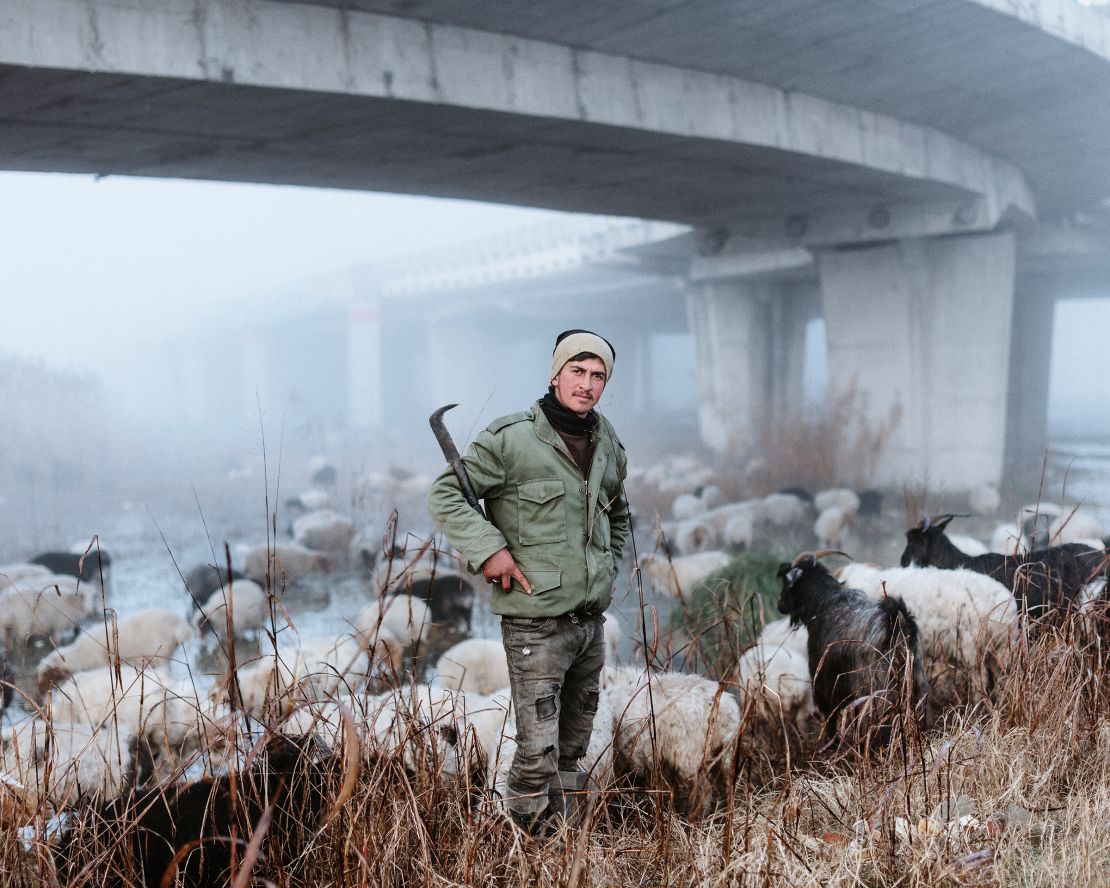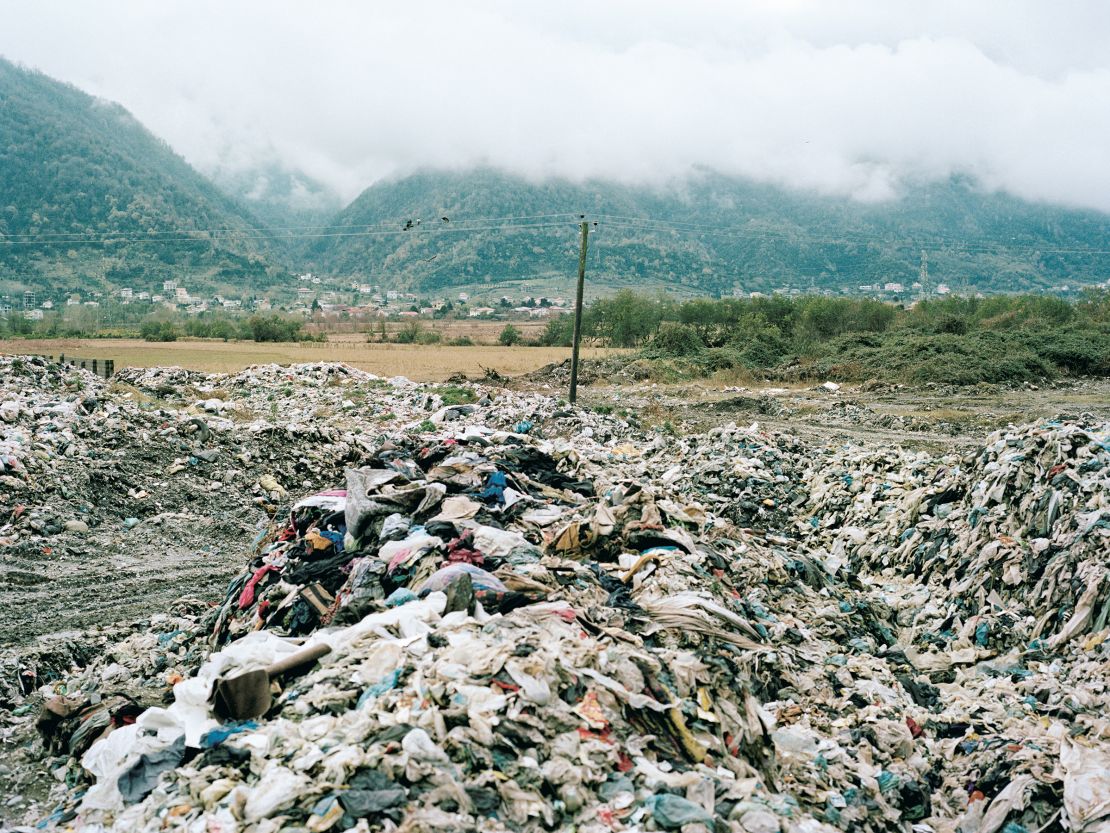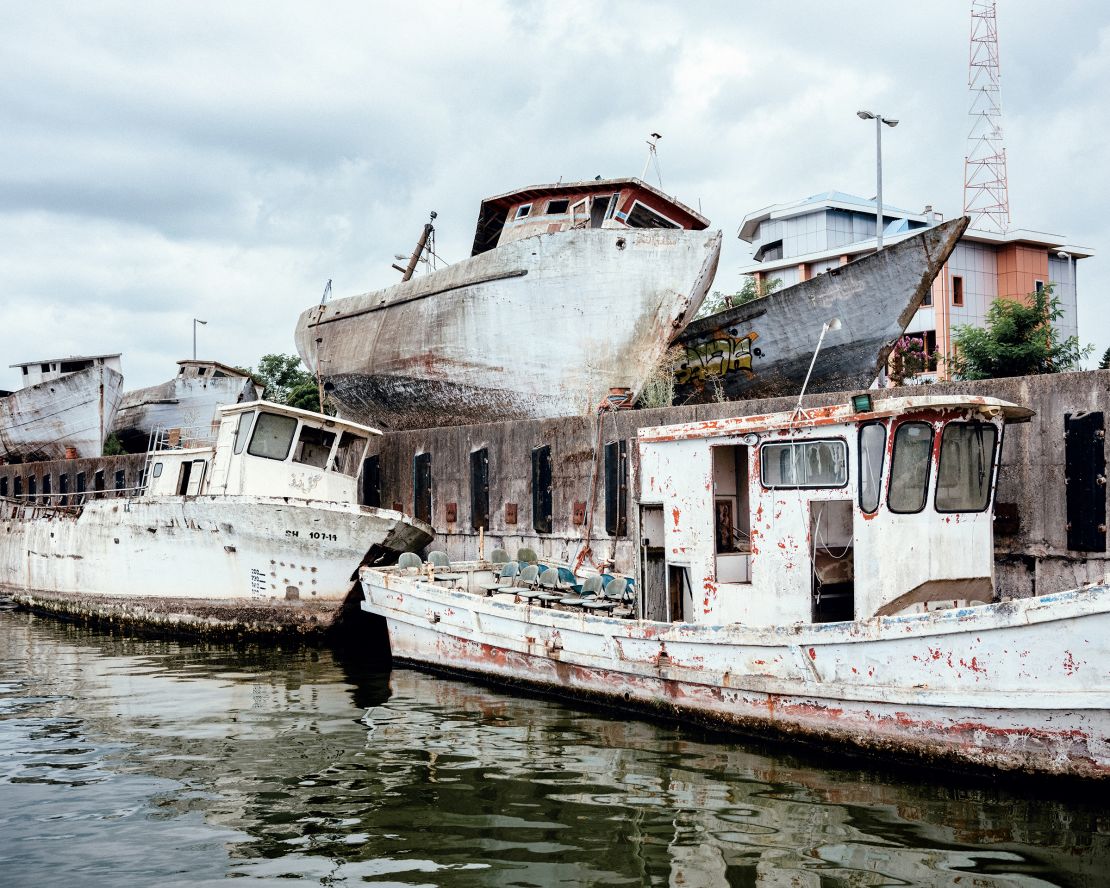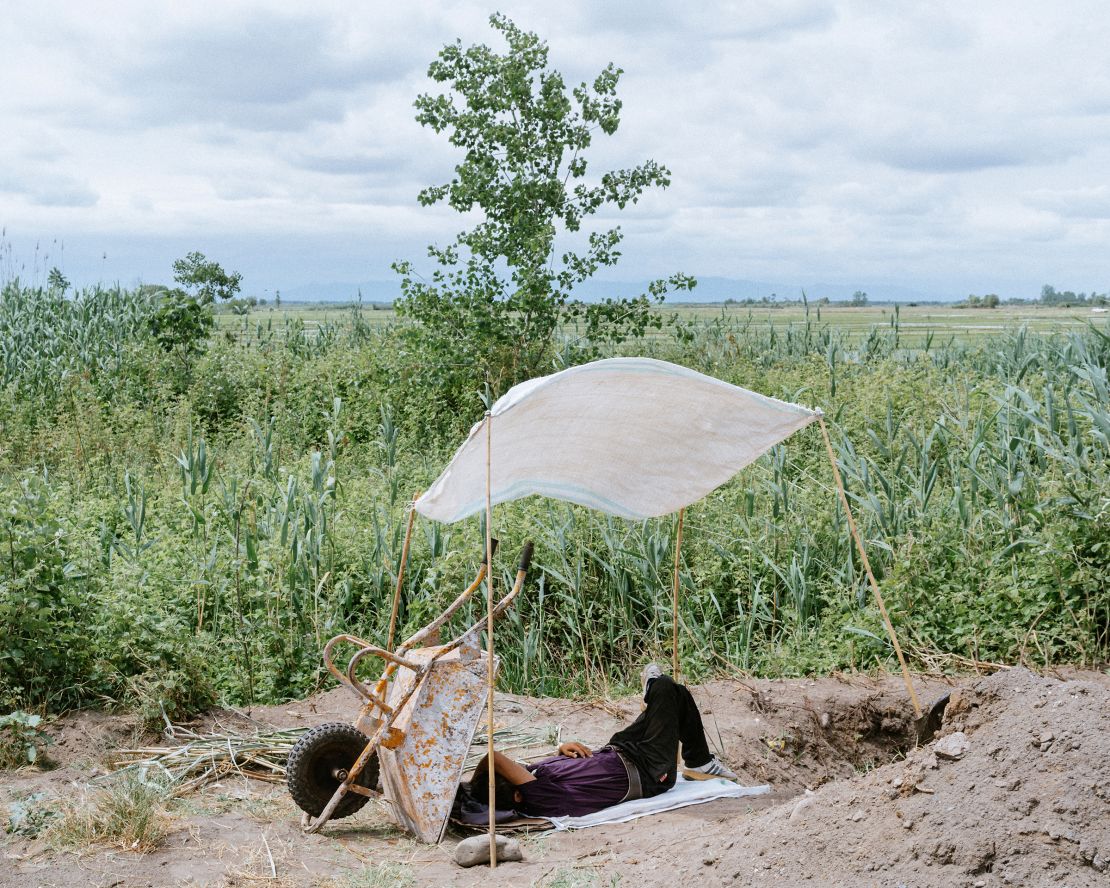CNN
—
Moving from Tehran to the more northerly lakeside city of Rasht aged 13, Khashayar Javanmardi’s youth was punctuated by weekends and extended holidays on the Iranian coastline of the Caspian Sea. “It was a dreamy place,” the photographer reminisced on a phonecall with CNN. “It was my utopia; everything happened for me at the Caspian.”
Diluting this picturesque vignette, Javanmardi recalled the nuisance of the accompanying gammarus: an amphipod crustacean similar to a freshwater shrimp that would nibble at his feet whenever he ventured into the water. He had always hated them, but as he grew aware of their absence, alarm bells started to ring. “That was the first thing I noticed change,” he said. “Later I read that, due to pollution, they were extinct. They had been food for bigger species…”
Situated between Europe and Asia, the Caspian is the world’s largest inland body of water; a colossal-sized endorheic basin — or a major lake — that is also bounded by five countries, Iran, Russia, Azerbaijan, Kazakhstan and Turkmenistan. In recent years it has been the source of much concern for those privy to its shorelines, owing to what the UN Environment Programme has described as “an enormous burden of pollution from oil extraction and refining, offshore oil fields, radioactive wastes from nuclear power plants and huge volumes of untreated sewage and industrial waste introduced mainly by the Volga River (which flows through Russia and into the Caspian Sea).”
It was anxieties about the water’s biodiversity that kickstarted Javanmardi’s decade-long photography project, highlighting the environmental and social impact of the area’s man-made deterioration. A new monograph “Caspian: A Southern Reflection,” published by Loose Joints, is the result of this extensive survey and operates simultaneously as a warning and an invitation to learn. “This project is the essence of my life and career,” acknowledged Javanmardi, speaking from Lausanne in Switzerland, where he is based today. “As an artist, I’ve always wanted to be an honest witness.”

The book oscillates between landscapes, portraits and the quiet scenes that fit somewhere in the middle. On one page three family members stand facing out to rough white waves, the foot of a presumed fourth poking out of the window of a car to their left; elsewhere a mustached man sits alone at a plastic table, a look of despondence creeping across his face. Pictures of abandoned ships and other discarded objects further foreground the damage, coupled with a sense of loss.
Nominated at last year’s Prix Elysée (one of the world’s most prestigious photographic prizes run in conjunction with the Elysée Museum, also in Lausanne), an early iteration of the project received the special jury mention. Subsequently, the museum’s director Nathalie Herschdorfer penned the book’s introduction, describing how throughout its pages “we discover scenes that leave an aftertaste of desolation” and noting that “the inhabitants who pass through these landscapes, often photographed from a distance, express loneliness mixed with a sense of sorrow.”

“A question that I asked people was, ‘what is the role of the Caspian in your life?’,” said Javanmardi, who began working on the project at Iran’s Anzali Lagoon. “They were really open, sharing their memories and how they feel. They call it the Mother Caspian and one guy, a shepherd, said ‘it’s like we were not good to our mother, we were not that kind to our mother and now she’s sad and she’s not going to share her love.’”
Indeed, while the Caspian was once a major hub for movement between Iran and Europe, in the last century it became a venue for leisure. Today though, Iran’s Environment Department says its waters are contaminated with over 120,000 tons of pollutants annually — domestic and industrial as well as oil remnants — while Javanmardi estimates the fishing rate has slumped by 70%. “If it shrinks, people’s lives shrink,” he explained, citing further statistics that project water levels could drop by between nine and 18 meters by the end of the century. Military activity, namely Russia’s invasion of Ukraine, is a further aggravating cause (the former is suspected of having used its Caspian Flotilla to launch a number of strikes).

Furthermore, the photographer characterized language as at the core of the negligence: though it’s widely talked about as the Caspian “Sea”, the Caspian is technically a lake, a categorization that would imply stricter regulations by the respective governing bodies around waste and pollution (than the sea). “They (politicians) don’t call it a lake, and one of the reasons is that if they change it, the whole conversation around regulation would change,” Javanmardi suggested.
His objectives for the project have always been to raise awareness, he continued. “That’s my goal, and so I tried to use the body of water as a way to communicate culture and politics, global politics — because this is not just about Iran,” he said. “I’ve tried to show how the Caspian is still alive. For me, it’s the last cry of life — you always feel something is in the air when you see the photos. I like to give this space to the audience, to feel this.”

Despite the recklessness of higher political powers, during his travels Javanmardi found a sense of community in the people he met. “How they pay attention to the environment and are careful and in love with the Caspian, this is something that makes me hopeful,” he shared. “As long as I see this spirituality, that people know how privileged they are to live beside that sea… I know, as a person from there, we won’t let it be ruined.”










